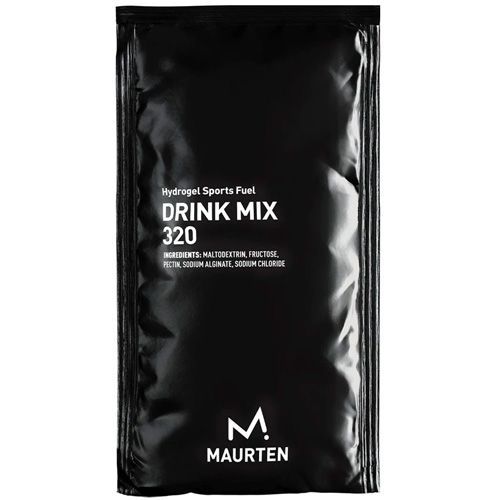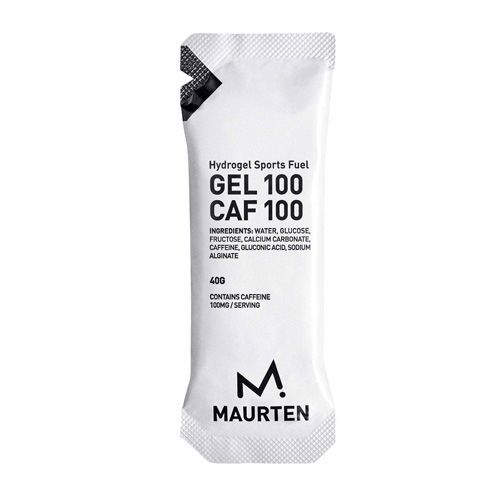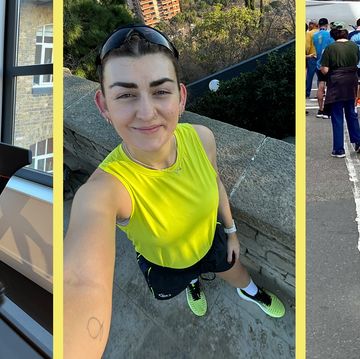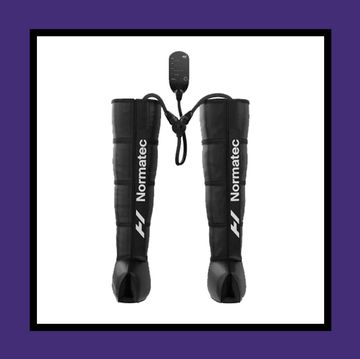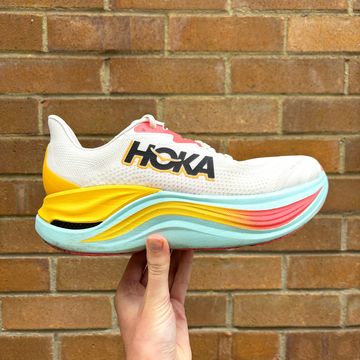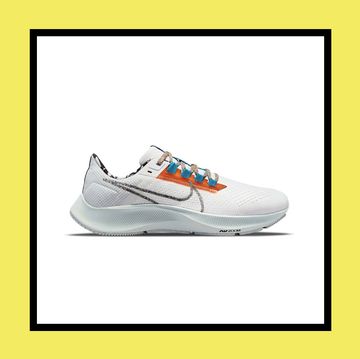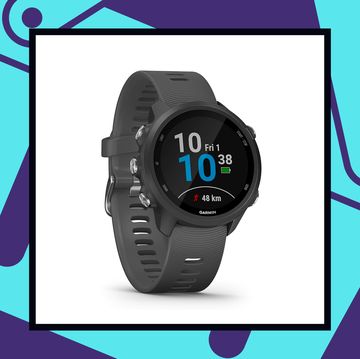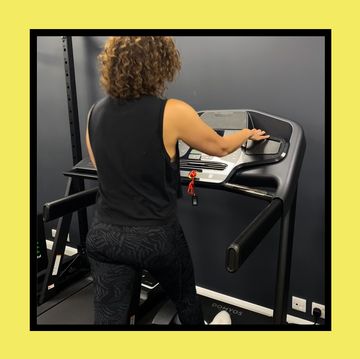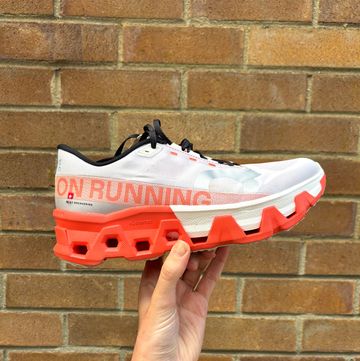My friends and family have nicknamed me Paula Radcliffe: not because I’m a crazy fast runner, but because of an unfortunate incident at Chicago Marathon involving my rather unhappy GI tract. Not wanting misfortune to strike twice, I was persuaded to give Maurten a go for my next marathon block – and I haven’t looked back.
If you haven’t heard of Maurten, get to know it now. The Swedish-based company has worked with a number of elite endurance athletes, fuelled every World Major Marathon winner since 2017, as well as numerous Olympic gold medallists and world champions.
‘People just need to try it, and they’ll see a difference,’ Joshua Rowe, Maurten’s Performance Scientist, tells me. ‘It’s hard to communicate that because if you look at a Maurten gel and a traditional gel, or you look at a Maurten drink mix and a traditional drink mix, they look similar. But how they function and operate in the stomach is completely different.’
So what exactly makes Maurten so unique from all the other energy gels and drinks on the market? And why do so many elite runners – including Eliud Kipchoge himself – swear by it? It all comes down to their hydrogel technology.
‘When you’re exercising at high intensity, all the blood flow will be directed to the working muscles and away from the stomach,’ says Rowe. ‘Your stomach almost starts to work at a lower capacity.’
Trying to ingest large amounts of carbohydrates ‘to fuel the engine’ ends up being challenging, he explains, because ‘the engine can’t really process them’. This is what gets people like me hot-footing it to the portaloos during long distance events.
‘With the hydrogel technology, what it allows us to do is take a lot of the pressures away from the GI tract and deliver the nutrients and carbs while the athletes are exercising at high intensity,’ says Rowe. The result? Athletes can take on a lot more fuel to support their performance, without having to… well, ‘do a Paula’ (sorry Paula).
So, what exactly is hydrogel technology?
Hydrogel technology is essentially a drug delivery system. When it enters your stomach, it creates an almost 3D-like structure around the carbohydrate which helps to protect it in the GI tract.
‘The GI tract is designed to kill a large amount of bacteria, so it’s a really acidic environment,’ explains Rowe. ‘When you’re ingesting a large quantity of traditional gels and drink mixes, what that means is, because they’re very acidic themselves, it creates this volatile environment where if the carbs stay in the stomach too long, this causes athletes to burp or have diarrhoea.'
The hydrogel structure, he says, ‘almost neutralises things’. The stomach doesn’t process that it’s actually ingested carbohydrates, so it spends less time there. Instead, the hydrogel heads straight to the small intestine, where it degrades and releases the carbohydrate.
‘This is why a lot of the elite athletes call it the “disappearing drink”,’ says Rowe. ‘As soon as you ingest it, it crates this 3D structure and starts to deliver the nutrients.’
Changing the game
While there's been a lot of the noise on the impact of carbon-plate super shoes on distance running, this advance in fuelling has slipped somewhat below the radar. But, according to Maurten at least, it really is pretty remarkable, and breaks what Rowe calls the ‘fuelling for performance paradox’.
‘For years, the scientific research has been stating that to improve your endurance, athletes should be consuming 90g of carbohydrates per hour. But a lot of this research is based on cyclists, who are able to tolerate higher amounts of carbohydrates than runners. What science was stating that athletes should have just wasn’t practical.’
So whereas elite athletes were previously averaging 25-35g carbohydrates per hour, now they’re able to reach around 90-100g without suffering any tummy problems. The finish times suggest the results speak for themselves.
Research carried out in 2019 also showed that when athletes took a traditional carbohydrate drink, gastric emptying was fully complete within 48 to 51 minutes. With a hydrogel drink - containing the same amount of carbohydrates - the process took just 21 minutes.
‘So there was a significant improvement in the delivery of the carbohydrates and the time it spent in the stomach,' explains Rowe. But while he may be preaching to the converted, the product certainly doesn't come cheap.
‘Making Maurten is an 18 to 22 step process,’ says Rowe. ‘And that takes a lot of work, which is why our products are bit more expensive than, say, a traditional product. In terms of the manufacturing process, it's completely different. We're trying to work on reducing the price, but at the same time, I think if people understood what goes into creating every gel, they would realise that actually paying an extra 50p per gel is actually not that much.’
And hey, if it means avoiding any tummy upset come race day, I'd say it's worth it.


